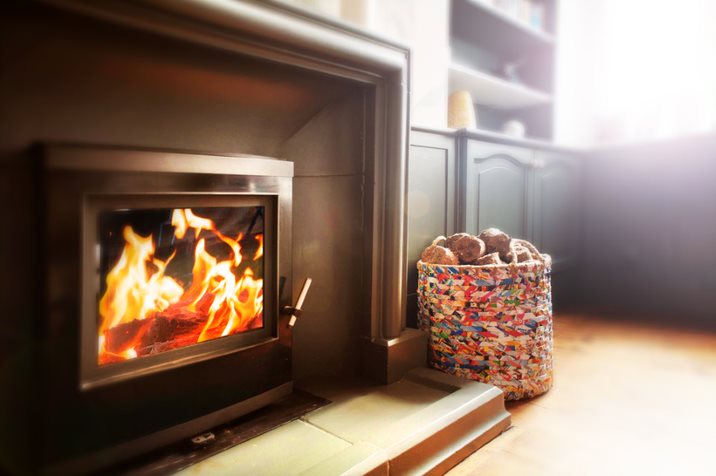This month marks a big step forward in the government’s Clean Air Strategy as restrictions come into force on the sale of coal and wet wood.
The new rules, which came into play on May 1, are aimed at cutting air pollution and are first laws dictating what people can and can’t burn in their homes since the 1950s. At present, the restrictions have only been placed on England but Scotland and Wales are considering similar courses of action.

Why Are the Restrictions Needed?
Recent years have seen the use of household log burners increase dramatically, and pollution along with them. Government data shows that domestic wood burning is responsible for 38% of pollution particles under 2.5 microns in size. This puts the pollution rate from closed stoves and open fires three times higher than road traffic. These tiny microns are the most damaging type of pollution to human health, with the particles able to enter the bloodstream as we breath them in and lodging in the lungs, as well as other organs.
The restrictions have been welcomed by charities such as Asthma UK and the British Lung Foundation, both of which have expressed concerns over the long-term effects of exposure to the pollutant. They are not alone in their concerns, with the World Health Organisation citing the tiny particles emitted as the most serious air pollutant in terms of human health.
What Are the New Rules?
The new rules curb the sale of traditional household coal and wet wood, meaning it is now unlawful to sell them in units smaller than 2m cubed. Both can still be sold but only in larger quantities, and sellers of wet wood must provide advice on how to dry it prior to burning, an act which decreases the emissions produced by up to 50%. The changes aren’t limited to wet wood and coal; producers of solid fuels must also now prove that they only emit minimal amounts of smoke and have very low sulphur content.
Options for Cleaner Alternatives
The changes are undoubtedly welcomed and needed, both for our own health and that of the environment. The new laws don’t have to pose an inconvenience either. Dry wood and manufactured alternatives are both just as efficient to burn, if not more so, as well a being easy to source.
Cleaner alternatives, such as Hotmax, which carry the ‘Ready to Burn’ label burn are certified as containing no more than 20% moisture, which meets the new guidelines. The accreditation shows a product meets DEFRA endorsed criteria, marking them as more environmentally friendly with higher efficiency and also as better heat generators.
As cleaner alternatives go, Hotmax is virtually smokeless with the added benefit of being 100% natural and British. The compacted heat logs are suitable for a wide range of indoor and outdoor living flames, while crucially reducing our carbon footprint.


